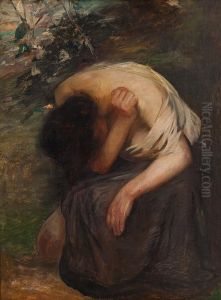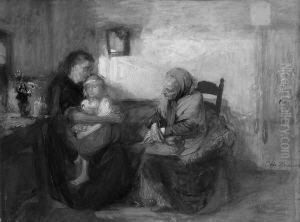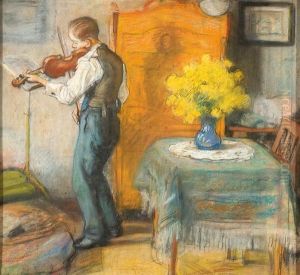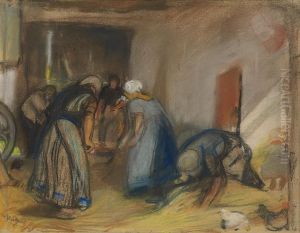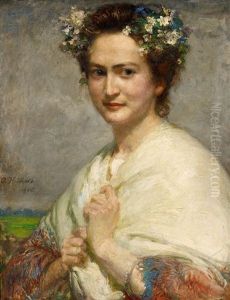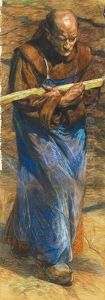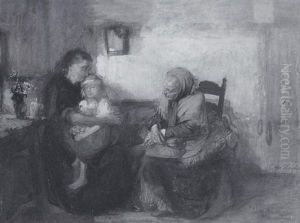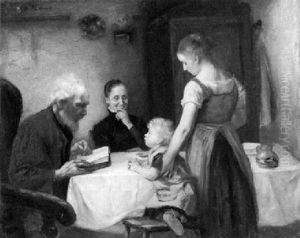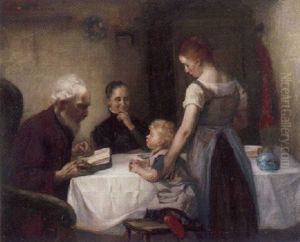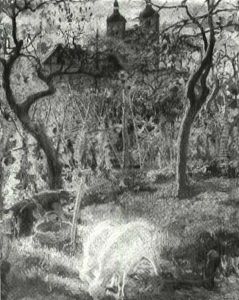Otto Heichert Paintings
Otto Heichert was a German artist born in 1867, whose work contributed significantly to the art scene of his time, particularly in Germany. He lived through a period marked by significant upheavals and transformations, both in the socio-political landscape of Europe and in the realm of art. Heichert's lifespan covered the era of the German Empire, World War I, the Weimar Republic, and into the tumultuous times of World War II. Despite the challenges of these periods, Heichert managed to carve out a space for himself in the art world, although he may not be as widely recognized today as some of his contemporaries.
Heichert's body of work was diverse, encompassing painting, illustration, and perhaps other mediums. However, specific details about his oeuvre, his stylistic development, and his influence on his contemporaries and on subsequent generations of artists are less well-documented than for some other artists of his time. This relative obscurity may be due to a variety of factors, including the shifting tastes in art, the massive disruptions caused by the two world wars, and the possible overshadowing of his work by that of more dominant figures in the German and European art scenes.
Notwithstanding, Otto Heichert's contribution to the arts during his lifetime was part of the broader tapestry of German artistic endeavor in a period that saw the transition from traditional to modernist expressions in art. His life and work reflect the challenges and complexities of being an artist in a time of extreme societal change. He passed away in 1946, just after the end of World War II, marking the end of an era and the loss of another witness to a tumultuous period in European history.
While specific exhibitions, major works, or critical receptions of Heichert's art are not extensively documented in widely accessible sources, his artistic journey remains a testament to the resilience and creativity of artists working through periods of great adversity. His legacy, like that of many artists of his time, offers insights into the cultural and historical context of late 19th and early 20th-century Germany, providing a window into the aesthetic and conceptual concerns that shaped this era.
